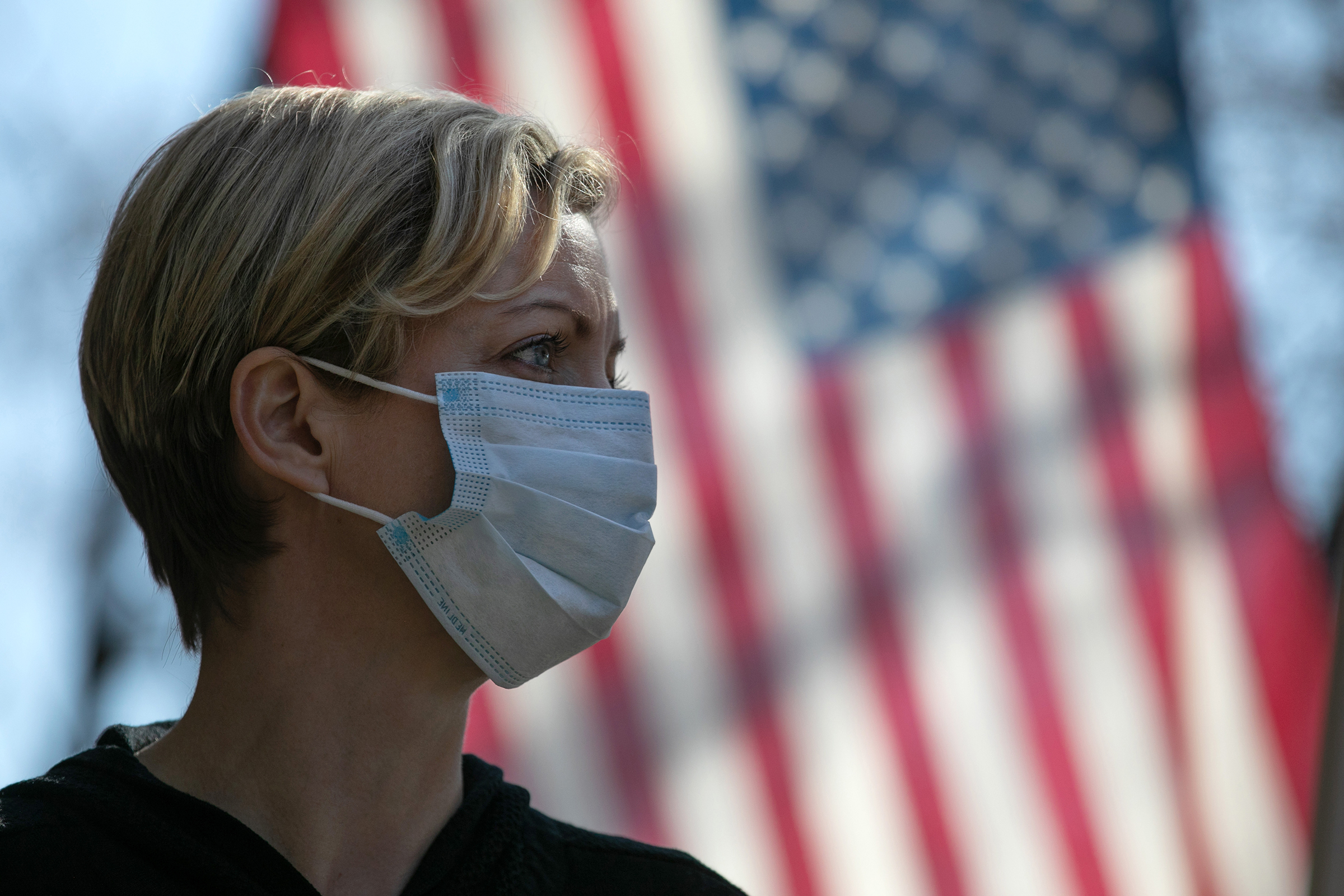
In its latest Morbidity and Mortality Weekly Report, researchers at the U.S. Centers for Diseases Control (CDC) say that there were limited instances of COVID-19 in the U.S. during most of January, and that SARS-CoV-2, the virus that causes the disease, didn’t start to spread widely until the end of the month and into February.
These findings suggest that an aggressive testing and detection program might have mitigated some of the spread of the SARS-CoV-2 and allowed public health officials to contain the infection more reliably. In a telebriefing with reporters, however, CDC director Dr. Robert Redfield said that the number of cases of COVID-19 until late January was so low, that finding them, even if testing had been more widespread, would be like “looking for a needle in a haystack.” Redfield says that existing systems for picking up respiratory diseases “really did have eyeballs on this outbreak.”
The U.S. government initially screened passengers arriving from infection hot spots in China in mid-January before stopping arrivals from the country altogether several weeks later. But COVID-19 tests developed by the CDC were also delayed because of early contamination issues, which meant that public health officials were behind in identifying those who were infected.
Dr. Jay Butler, the CDC’s deputy director for infectious diseases; head of the agency’s COVID-19 response; and a co-author of the recent paper, highlights four lines of evidence to support idea that COVID-19 was in the U.S. earlier than late January, but didn’t spread until then. First, he says, emergency room data from 14 counties across the country did not show an uptick in some of the hallmark symptoms of the disease, including fever, cough and difficulty breathing, until Feb. 28. Those data, part of the National Syndromic Surveillance Program, include 4,000 health care facilities in 47 states who report information on emergency room visits. The 14 counties the agency focused on included those that ended up having early community-based cases and likely were among the first regions to have spread of the disease.
Second, genetic sequences of the SARS-CoV-2 virus in the U.S. and elsewhere also suggest that the virus wasn’t spreading widely in the U.S. until the end of January. Based on the these sequences, which serve as a type of genetic fingerprint for tracing different strains and lineages of the virus, the researchers believe there was one virus lineage introduced from China in late January, when the first confirmed U.S. case was identified in Washington state; other cases identified in the area shared similar genetic signatures.
That conclusion is supported by another set of tests on specimens collected from nasal passages from people in the Seattle area, where the first U.S. case was identified. Those came from people who were participating in the Seattle Flu Study to monitor for flu prevalence, and provided samples from the nose and back of the throat which could be re-analyzed for SARS-CoV-2. More than 5,000 samples from this study collected from people with respiratory symptoms from Jan. 1 to Feb. 20 “showed no evidence of COVID-19 infection,” Butler says. “That doesn’t mean the virus wasn’t present anywhere in the community. It only means that if it was circulating, it was at such low levels that it could not be detected even when testing 5,000 specimens from people with respiratory illness.”
Third, the CDC team also looked at similar flu-surveillance data from five other site across the U.S. in that time period and found no specimens that tested positive for COVID-19.
Finally, Butler noted three early cases of COVID-19 among people who had not traveled to China or other areas where the disease was flourishing, which suggests they were exposed to the virus in their community. That, in turn, means it is likely that the virus was present in the U.S., although not widespread, in early January. Two people in Santa Clara County, Cal. died of a COVID-19 infection on Jan. 31 and between Feb. 13 and 17, respectively. Post-mortem analyses confirmed COVID-19 in both, and investigation of their infection and course of illness is ongoing. Given that the virus takes about five days to incubate and start causing symptoms, it’s likely that these people were infected several weeks before their deaths, before there were reports of clusters of cases.
Looking back at the how COVID-19 gained a foothold in the U.S. isn’t just academic, says Butler. “Understanding more about the dynamics of the spread in the community is an important part of planning how we go forward in controlling [this disease].”
More Must-Reads from TIME
- Cybersecurity Experts Are Sounding the Alarm on DOGE
- Meet the 2025 Women of the Year
- The Harsh Truth About Disability Inclusion
- Why Do More Young Adults Have Cancer?
- Colman Domingo Leads With Radical Love
- How to Get Better at Doing Things Alone
- Michelle Zauner Stares Down the Darkness
Contact us at letters@time.com